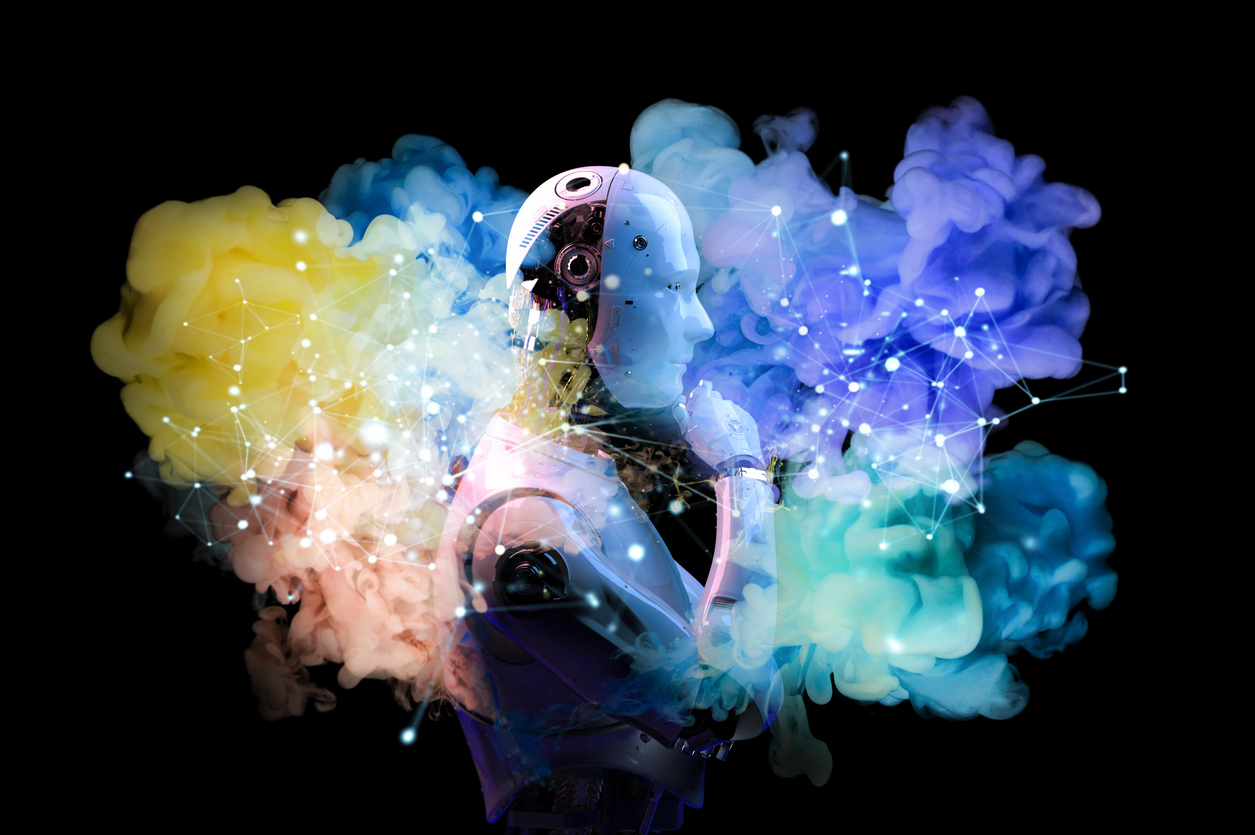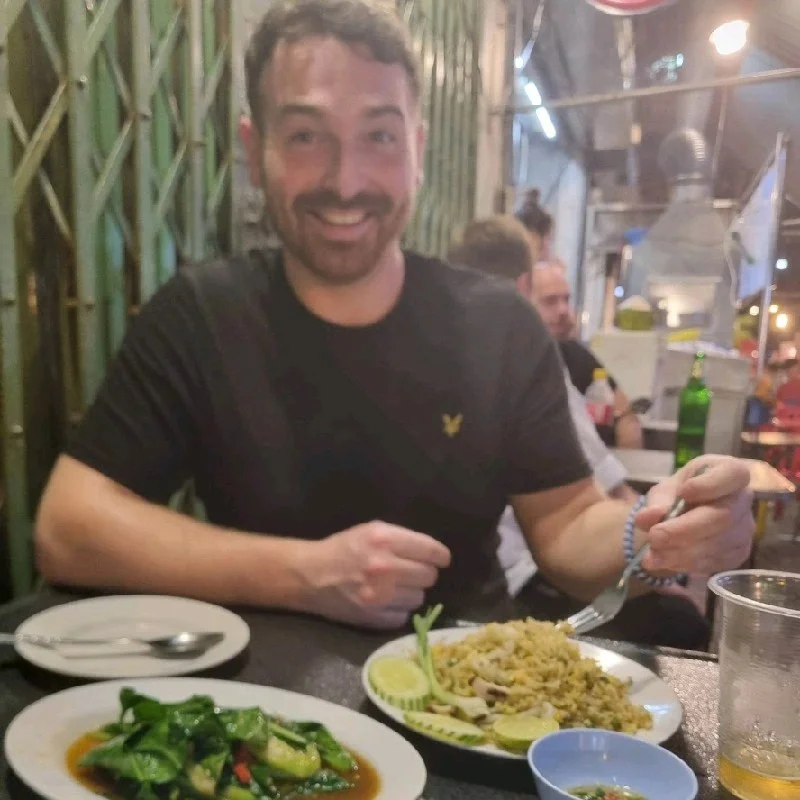AI-driven visuals are reshaping how brands connect with younger audiences. With tools that create stunning, hyper-targeted imagery, marketing is entering a more dynamic and personal era.
From micro-aesthetics tailored to niche preferences to real-time ad updates based on live engagement data, AI gives marketers unprecedented creative control.
Imagine producing visuals that match trends as they emerge or testing ad concepts instantly. It’s all possible now. Stay tuned to explore how AI tools are transforming the marketing game for Gen Z and Millennials.
How AI Imagery Aligns with Gen Z's Hyper-Personalized Expectations
Gen Z values individuality. They respond to marketing that feels tailored, not generic. AI-driven visuals cater to this demand by creating hyper-personalized content, seamlessly aligned with their unique tastes and preferences.
AI analyzes behavioral patterns, such as likes, shares, and time spent on content, to craft visuals that resonate on a personal level. For instance, with the help of Krea AI image generation tools it's possible to create designs that mirror emerging aesthetics or subcultures in real-time.
Brands can now adapt campaigns to reflect everything from bold, maximalist trends to minimalist, eco-conscious designs. This level of personalization builds trust and relevance, two key factors in winning Gen Z’s attention.
By delivering visuals that feel uniquely crafted for them, businesses foster deeper engagement and emotional connection with this digitally savvy generation.
Micro-Aesthetic Marketing: Targeting Niche Preferences with AI
Gen Z thrives in a world of micro-aesthetics, meaning highly specific, niche design styles tied to unique communities or trends. From rural-focused cottagecore to cyberpunk minimalism, these aesthetics define personal identity and shape purchasing decisions.
AI tools make it easier for brands to tap into these niches with precision. By analyzing data from social platforms and cultural trends, AI identifies which aesthetics resonate with specific audiences. This allows marketers to create visuals that speak directly to subcultures without relying on broad, generic campaigns.
For instance, an AI-driven campaign can generate ad designs featuring soft, vintage palettes for cottagecore enthusiasts or sleek, futuristic visuals for tech-focused communities. These highly targeted designs capture attention by reflecting the identity of the audience.
Micro-aesthetic marketing powered by AI enables brands to connect authentically, making their campaigns stand out in the crowded digital space. This approach keeps messaging relevant, personal, and memorable.
Real-Time Visual Adaptation: Enhancing Engagement Through Data
Digital marketing is set to account for 82.2% of all ad spending by 2030, and it’s a niche that thrives on responsiveness. AI takes this to the next level with real-time visual adaptation. By analyzing engagement metrics as they happen, AI tools adjust ad visuals to improve performance instantly.
Imagine launching a campaign where initial engagement trends show bold colors outperforming muted tones. AI can modify the ad visuals in real-time to align with this data, ensuring higher click-through rates and conversions. This agility minimizes guesswork and maximizes impact.
For marketers, tools like these also allow rapid experimentation. A single campaign can test multiple visual styles simultaneously, and AI determines the most effective option on the fly.
This approach not only enhances engagement but also reduces wasted ad spend. By delivering visuals that adapt to what audiences want in the moment, brands remain dynamic and relevant, strengthening their connection with Gen Z and Millennial audiences.
A/B Testing Ad Styles with AI-Generated Imagery
A/B testing is essential for identifying what resonates with audiences, and AI-generated visuals make this process faster and more precise. Traditional A/B testing requires significant time and manual effort to create and compare variations, but AI changes that.
With AI tools, marketers can generate multiple ad styles in minutes, each designed to test specific elements like color schemes, text placement, or visual themes. For instance, one version could feature a bold, urban aesthetic, while another opts for softer, nature-inspired tones.
AI even tracks engagement data in real-time. As the campaign runs, it pinpoints which visuals perform best across different audience segments, allowing marketers to double down on successful styles.
This streamlined approach saves time, optimizes ad spend, and delivers deeper insights. It’s being applied across the marketing sphere, covering everything from ads themselves to landing pages and more. By embracing AI, brands refine their messaging with less trial and error, achieving more impactful campaigns.
Wrapping Up
AI-driven visuals are transforming how brands connect with younger audiences. From hyper-personalized content to real-time adaptability, these tools make marketing more engaging and efficient.
As AI technology evolves, the possibilities for creative storytelling and audience targeting grow. Embracing these innovations helps brands stay relevant and impactful in a fast-changing digital landscape.














